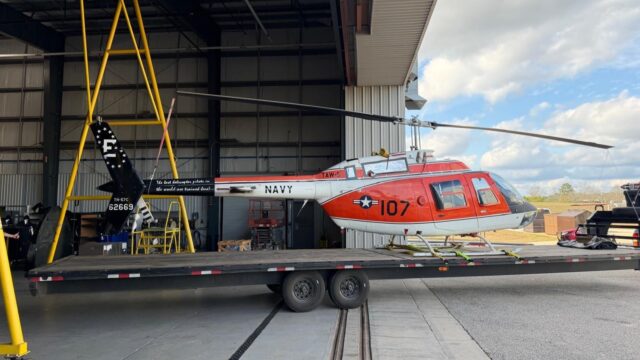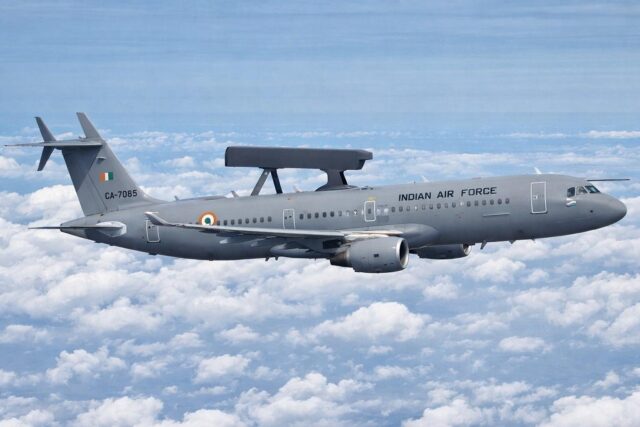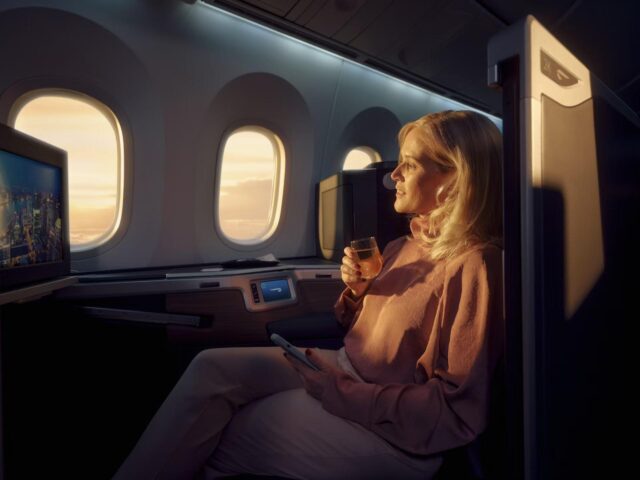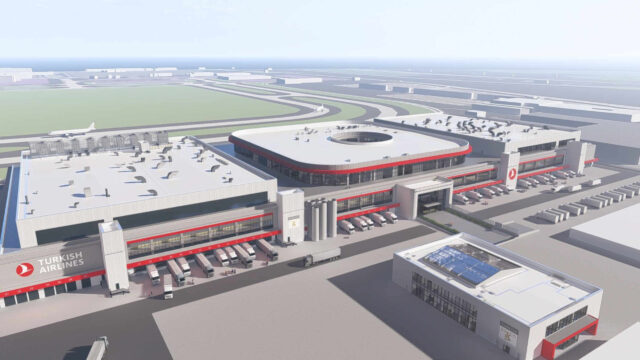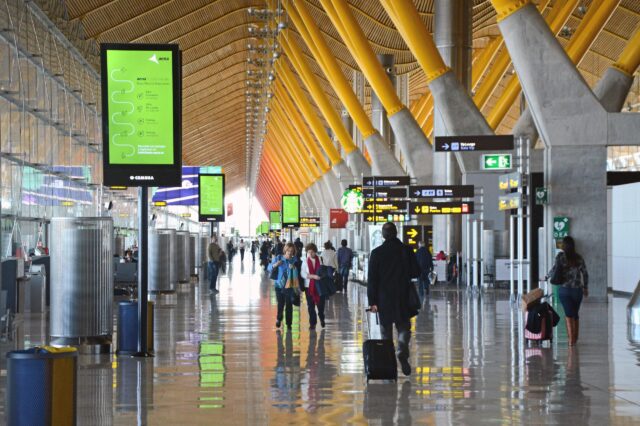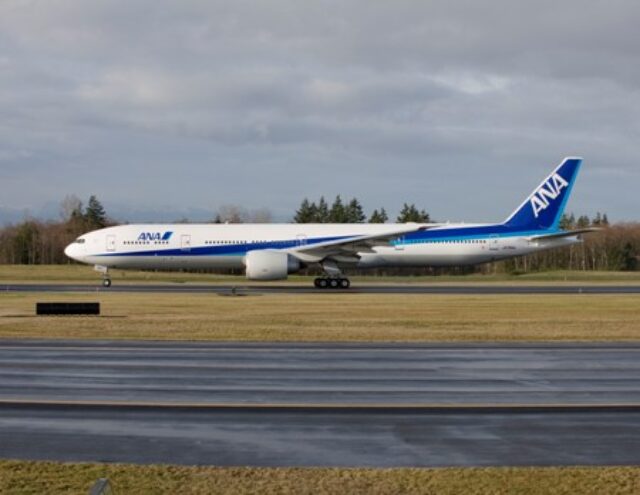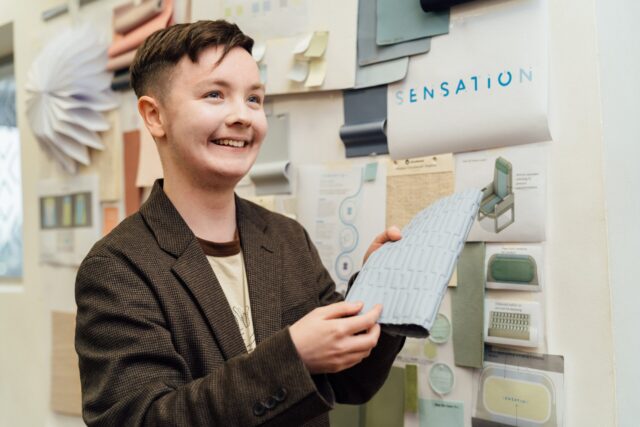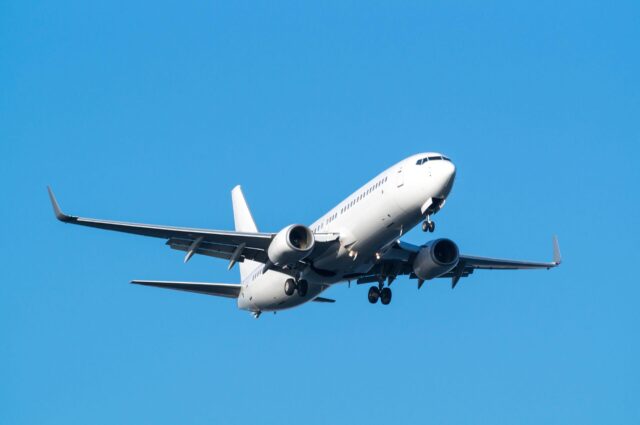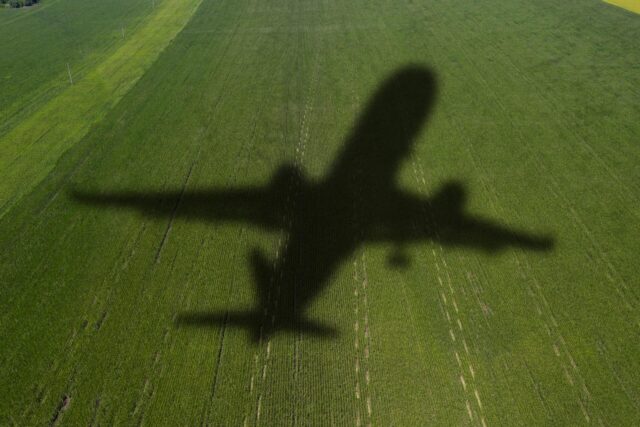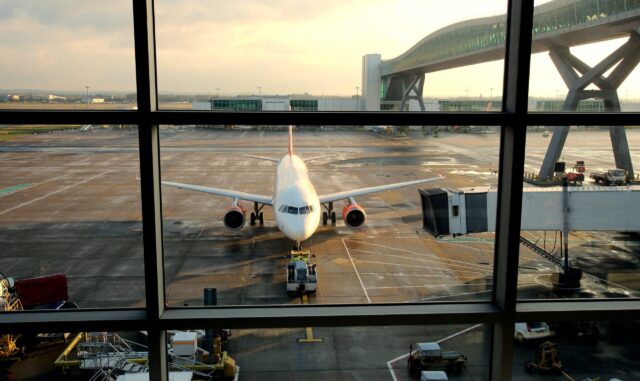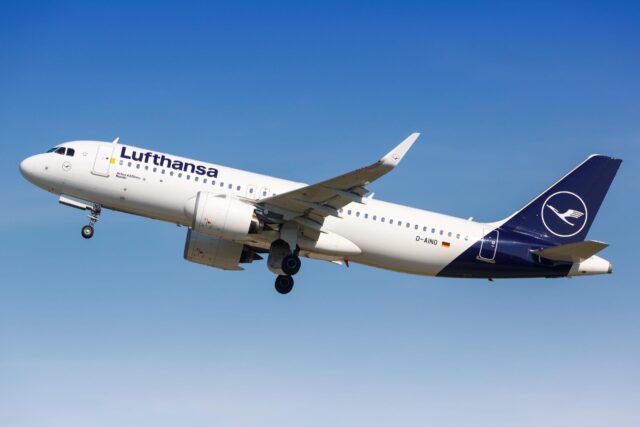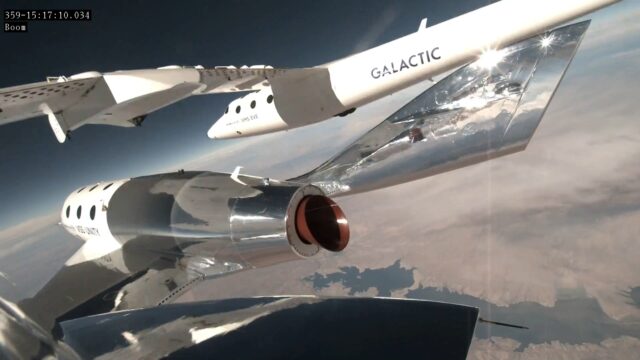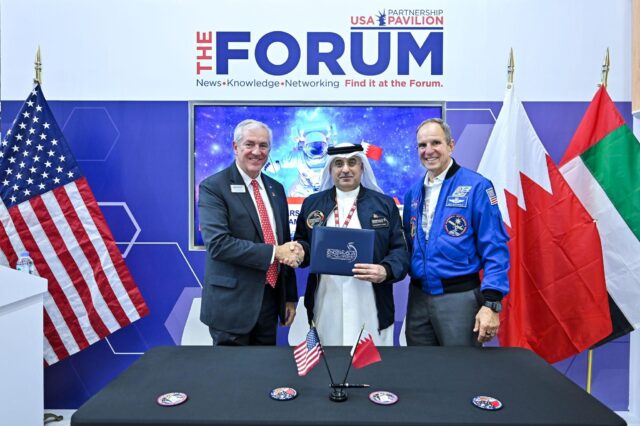Archer CEO: The real challenge will be scaling up eVTOL production to meet demand

July 15, 2025

As investment floods into urban air mobility, eVTOL companies like Archer Aviation are moving closer to bringing novel flight solutions to market.
But the question remains whether people will want to fly in these futuristic machines. Archer doesn’t think that will be a problem for its Midnight eVTOL.
“I think there are plenty of people that are interested in saving their time,” Archer CEO Adam Goldstein tells AGN. “I don’t think that that demand side is going to be the challenge.”

Goldstein’s take is well supported by industry research. A 2024 survey of 975 US adults using a “Willingness to Fly” scale found most respondents agreed or strongly agreed they’d eventually fly in eVTOLs.
Although the flying public raised concerns around safety and noise, 35% said they’d be comfortable flying in an eVTOL within a few months of the first flight, and 20% said they’d be happy to be on the very first service.
Demand isn’t the problem for eVTOL ramp up
With people feeling confident to get onboard an eVTOL, the challenge Archer sees in its future is not about finding places to use Midnight, but having enough aircraft to meet demand.
“I think the industry will be pretty massively supply constrained,” says Goldstein. “There are only so many aircraft that the industry can build and it’s going to take time to really scale up the volumes.”
Archer is targeting a low rate initial production from its Covington, Georgia facility (ARC), beginning with two aircraft per month. Through its manufacturing deal with Stellantis, the plan is to scale production to 650 Midnight aircraft annually by 2030.

Longer term, a more aggressive ambition of 2,000 plus units has been discussed, although that level of output is a distant goal, for now.
“We haven’t seen a scale up in aviation like this for many decades,” Goldstein notes. “I think you’ll see a lot of aircraft spread across a lot of cities to start with, rather than a super dense network in any individual market.”
To understand just how challenging this ramp up will be, we can look back to the late 1980s and how Airbus brought its A320 to the world.
Having entered service with Air France in 1988, production was a modest 20-30 aircraft per year. By the end of 1994, Airbus had ramped up to 50 aircraft a year. It took 10 years from entry into service to reach a sustained output of 150-200 aircraft annually.
All this time, Airbus was refining its assembly lines to mass-produce a narrowbody aircraft for the first time. It was also tweaking and perfecting its fly-by-wire system and use of composites, all very new technologies to the commercial aviation space.
Advanced Air Mobility will evolve in a similar way, with companies like Archer taking time to perfect not just the products but also the assembly lines and supply chains for future production capacity.
eVTOL use cases will take time to realise
Most conversations about eVTOL use cases centre around air taxi operations, filling in the ‘last mile’ conundrum that has plagued aviation for decades. But Archer sees far more in Midnight’s future than just ferrying businesspeople around.
“At the moment, we tend to think about eVTOL in a rather liner fashion, by looking at the way people use helicopters,” Goldstein explains. “It can be hard to think about 10 or 20 years from now and how people will use that product.”

Goldstein likens the advent of eVTOLs to the introduction of the iPhone, originally showcased for email, internet and music but now evolving to play a much bigger role in our everyday lives.
“There’s lots of use cases for this,” he says. “Maybe it is the business traveller saving time on their commute, but maybe it’s also super useful to hospitals as a cheaper, safer alternative to helicopters.”
Goldstein flags military applications for Midnight and other eVTOLs too. Archer has been collaborating with the US Air Force since 2021 under the AFWERX Agility Prime initiative. It delivered its first Midnight to the USAF in August 2024, and it has since been used in simulated military missions.
One of the biggest learnings from the USAF collaboration so far is that all-electric is no good for military use. “It needs to be hybrid,” Goldstein says, which has led to Archer pursuing a hybrid-electric version of its Midnight eVTOL.
While there are no end of applications where an aircraft like Midnight could be beneficial, Goldstein believes it will take time to fully realise all the use cases.
“There’s lots of ways that this could go,” he says, “so we’ll see where it ends up going.”
